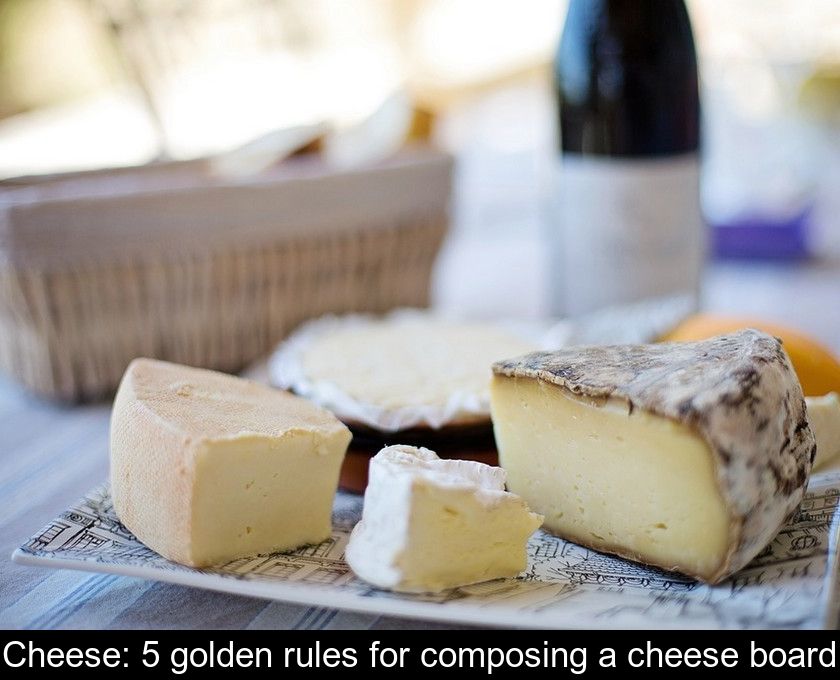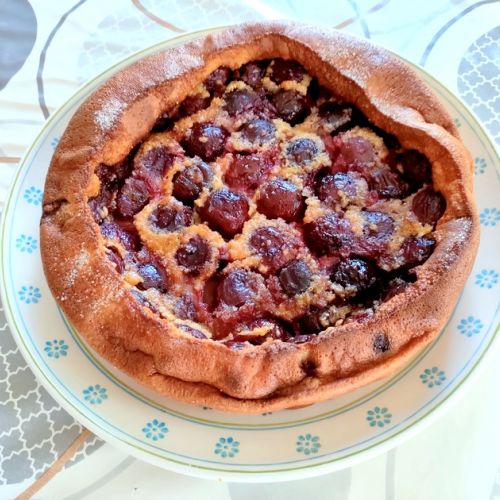Cheese: 5 Golden Rules For Composing A Cheese Board
In France, it is difficult to go without cheese during festive meals! The end-of-year celebrations are a special occasion to gather around a good meal and to honour the cheeses of our regions. But are you sure you know everything you need to know to serve cheese in the right way? Here are 5 golden rules to know to compose a cheese platter for the holidays.
1- Propose an odd number of cheeses
Christmas or New Year's Eve is the time to get out your best board or slate to serve your guests a nice assortment of cheeses.
But, whatever the medium chosen, the first rule to know when composing a cheese board is to place an odd number of cheeses on it.
After a heavy holiday meal, 3 or 5 different cheeses should be enough. But you can offer up to 7 cheeses on your platter for Christmas if you're planning to have a lot of guests.
It's up to you to see how many you're going to offer depending on your guests' appetites and their taste for cheese...
2- Count 70 to 90 grams of cheese per person
If you want to spoil your guests for a festive meal, the best thing to do is to go to the cheesemonger as this artisan will be able to advise you on the most popular seasonal cheeses.
Failing that, opt for cheese by the slice to compose a good quality cheese platter.
As for the quantities to plan for, you should know that you should count 70 to 90 grams of cheese per person on average.
3- Vary the types of cheese
The whole point of a cheese board is to offer choice. So you need to put different kinds of cheese on it, i.e. :
- a soft cheese like camembert
- a pressed cheese like beaufort
- a blue-veined cheese like blue cheese or roquefort for example.
Unless there is a known allergy to a type of milk, also consider varying the types of milk and offer cow's cheese but also goat's cheese and/or sheep's cheese.
4- Choose seasonal cheeses
Another important rule to know when putting together a cheese board is to place preferably seasonal cheeses on it.
Also rely on the great classics in order to please all your guests. This is notably the case for Brie de Meaux PDO, Camembert de Normandie PDO, Comté PDO 18 months, Roquefort PDO and Saint-Nectaire PDO.
The composition of your platter will depend on your tastes, your budget and the number of people you want to treat.
5- Don't forget the accompaniments
Side dishes are a great way to spruce up your cheese board by giving it a welcome splash of color.
For example, you can accompany cheeses with:
- nuts and dried fruit
- fresh grapes
- jams (such as black cherry jam to accompany a sheep's cheese)
- chutneys, which go well with soft cheeses.
As far as bread is concerned, a traditional baguette has the advantages of going well with most cheeses.
Last little tip: if you have trouble choosing and want to try several kinds of cheese, taste them in the right order, that is, from the mildest to the most typical.












